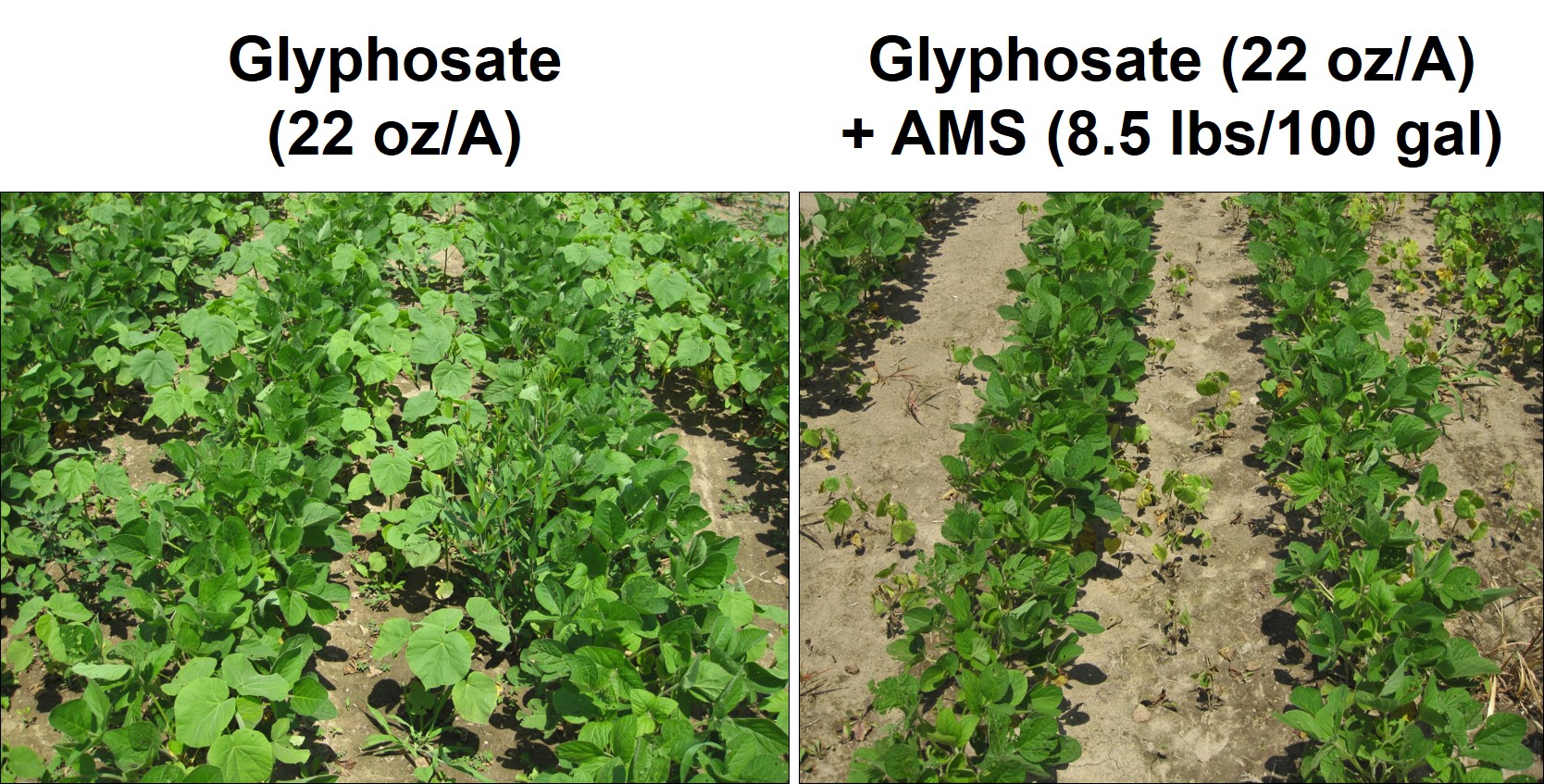birdog
5 year old buck +
AMS Supreme calls for 2.5gal per 100 gal of water or 2.5%v/v. I came up with 320oz per 100 gal of water or 3.2oz per gallon. My sprayer puts out 20gal per acre so I believe I need 64oz of liquid ams per 20 gal of water. That just seems like an awful lot so I am questioning my math and or my application rate for a clover foodplot.

